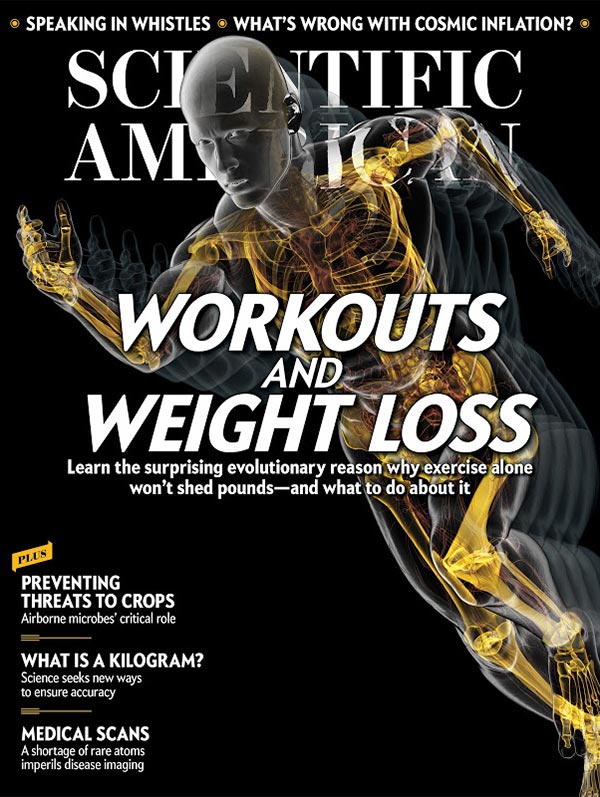Science contemplates the incomprehensible
Imagine nothing. Go ahead. What do you see? I picture dark empty space devoid of galaxies, stars and planets. But not only would there be no matter, there would be no space or time either. Not even darkness. And no sentient life to observe the nothingness. Just … nothing. Picture that. You can’t.
Here we face the ultimate question: Why is there something rather than nothing? I have compiled several responses from a number of sources, including a 2013 book by John Leslie and Robert Lawrence Kuhn entitled The Mystery of Existence (Wiley-Blackwell) and Lawrence M. Krauss’s 2017 book The Greatest Story Ever Told—So Far (Atria Books).
Nothing is nonsensical. It is impossible to conceptualize nothing— not only no space, time, matter, energy, light, darkness or conscious beings to perceive the nothingness but not even nothingness. In this sense, the question is literally inconceivable. (continue reading…)
read or write comments (22)
A review of Lisa Randall’s Knocking on Heaven’s Door: How Physics and Scientific Thinking Illuminate the Universe and the Modern World (Ecco, 2011).
LISA RANDALL HAS BEEN JUSTLY APPRAISED by Time magazine as one of the “100 most influential people in the world” for her work in theoretical particle physics. From her position at Harvard University, she often travels: to the European Laboratory for Particle Physics, CERN, in Switzerland, where her theories are being put to the test in the Large Hadron Collider (LHC); to speaking engagements with professional and public audiences about her work in particular and the awe and wonder of science in general; and to rock formations where her chalked fingers can find ways to defy gravity. On the side, she writes popular books, such as her acclaimed Warped Passages1.
In Knocking on Heaven’s Door, Randall picks up the story from where she left off when the LHC was years away from first collision, expanding her horizon from, as she poetically puts it, “what’s so small to you is so large to me” to “what’s so large to you is so small to me.” In other words, the book ranges from the smallest known particles to the entire bubble universe, from 10−35 meters (the Planck length, where quantum gravity rules) to 1027 meters (the entire visible universe, 100 billion light-years across, where dark matter and dark energy dominate), a stunning 62 orders of magnitude. (Randall correctly notes the age of the universe at 13.75 billion years, clarifying her apparently paradoxical figure of 100 billion light-years thusly: “The reason the universe as a whole is bigger than the distance a signal could have traveled given its age is that space itself has expanded.” She unpacks that sentence in the book.) (continue reading…)
read or write comments (4)



